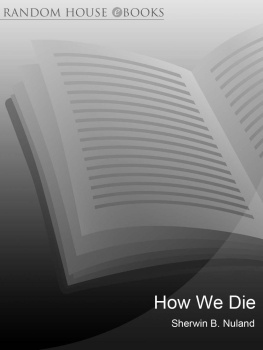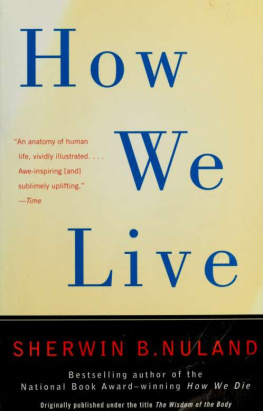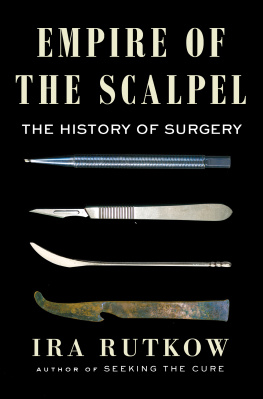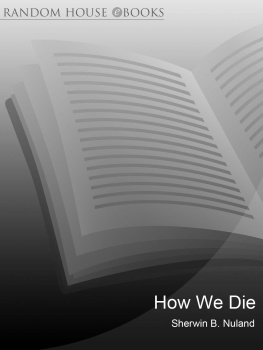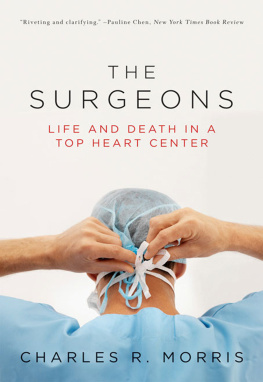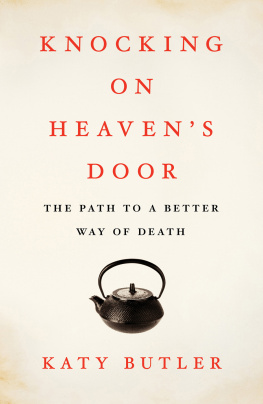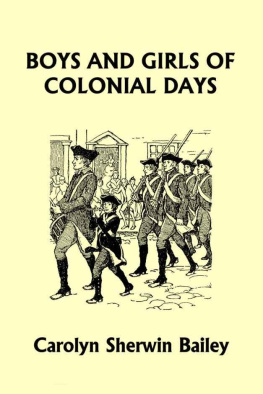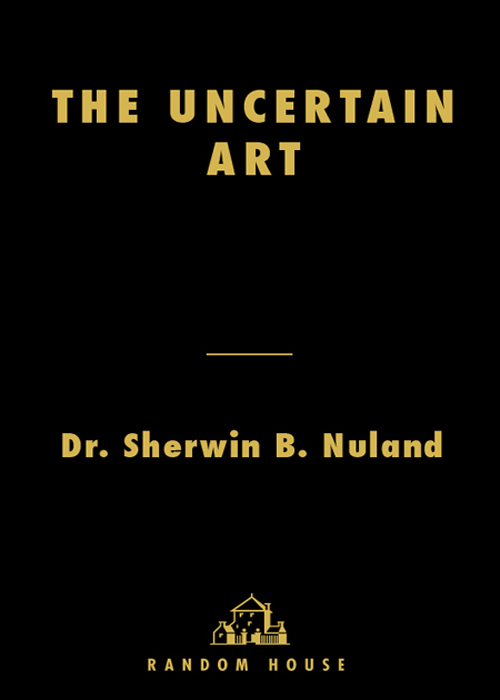
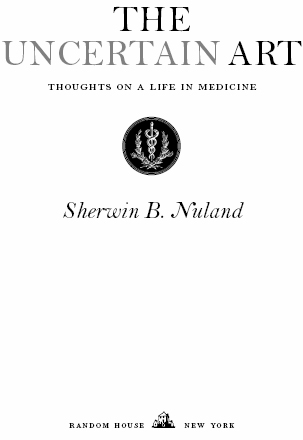
CONTENTS

To those who taught me this Art.
FROM THE HIPPOCRATIC OATH
AUTHORS NOTE

This book consists almost entirely of a series of essays as they appeared in The American Scholar between 1998 and 2004. As I read through them today, I realize that some of the hopes expressed here are already in the early stages of being fulfilled, while others are as far from fruition as they were when first proposed. They represent the Art, as Hippocrates called medicine, seen by an ardent admirer and unsparing critica man honored to have participated in its daily wonders and uncertainties for half a century. They tell of the practice of medicine as I have observed it and loved itand lived it.
The final story has not previously been published. It is written in tribute to a brave man who became my friend during the final period of his life, a man I respected as I have few others. When certain of the expectations appearing in this book reach a state of practical usefulness, the day will come when no man, woman, or child will die awaiting the transplantation of a donor organ. May that day be soon.
PROOEMIUM
AN INTRODUCTION TO MY BOOK

T here is wisdom in the acceptance of uncertainty. Well used, it can make a philosopher of an ordinary man. To the intuitive mind of the twenty-two-year-old John Keats, that precious insight appeared in a flash of understanding one day in 1817, while he was deep in conversation on a long walk with two friends: [S]everal things dove-tailed in my mind, and at once it struck me what quality went to form a man of achievement, he later wrote in a letter to his brothers. I mean negative capability, that is, when a man is capable of being in uncertainties, mysteries, doubts. To become comfortable with uncertainty is one of the primary goals in the training of a physician.
Keats wrote those wordsitalics and allduring the period when he was composing Endymion. Less than a year earlier, he had stopped attending the series of lectures that were to prepare him for the examinations of the Royal College of Surgeons. Although poetry and the pursuit of sunbeams had long since become Keatss passions, he had been anything but an indifferent student. The statements of contemporaries attest to his skillful performance of clinical duties, and he had already qualified to practice medicine in July 1816, following a years study at Guys Hospital. Medical education was brief in those days. Although the examinations were difficult, there was little of real usefulness to learn.
It was not possible for a perceptive man to study medicine in the early nineteenth century without becoming aware of the degree to which patient care was conducted in a pervasive atmosphere of inexactness. Like all young doctors of the time, Keats very likely admired his teachers at Guys all the more for their ability not only to be decisive in the face of uncertainty but actually to thrive in the absence of clear clinical signposts. Even the basic principles of physical examination were not well known by most doctors, this being the period when they were originally introducedand in Paris, no less. It was in 1816, in fact, that Ren Lannec, a Breton who at five feet three inches was almost as diminutive as Keats himself, invented the stethoscope.
For physicians, the nineteenth century was characterized by the gradual infiltration of new scientific findings into medical thought. The process accelerated rapidly in the 1880s and 1890s, as the products of laboratory investigations in physiology and bacteriology were finally shown to be of practical use at the bedside. By the first decade of the twentieth century, an increasingly credible, scientifically based medicine had routed the forces of homeopathy and the other irregular sects that, until then, had retained some hope of gaining ascendancy. From that point onward, the Holy Grail would be a form of practice based on knowledge gained by observation, hypothesis, experiment, and verification, in which uncertainty, if a factor at all, would be quickly dispersed by the next series of laboratory or epidemiological studiesa discipline, in other words, that might with real justification be called a science.
Yet even with an expanding population of trained researchers and increased funding for medical education and research, wise observers recognized the existence of problems unique to the practice of medicine that would forever frustrate its hopes of becoming a true science. Dr. William Osler of Johns Hopkins, at the time the most scientifically advanced American medical school, pointed this out on several occasions. [W]ho can tell of the uncertainties of medicine as an art? he asked rhetorically of an audience of physicians in 1903. The science on which it is based is accurate and definite enough[but] no two individuals react alike and behave alike under the abnormal conditions which we know as disease. He spoke that day of this everlasting perhaps with which we have to preface so much connected with the practice of our art. Osler lauded the pursuit of probability, recognizing that to pursue certainty is to chase after an illusion. In this, he was no more than echoing the First Aphorism of Hippocrates, written 2,400 years earlier: Life is short, and the Art is long; the occasion fleeting; experience fallacious, and judgment difficult.
It is judgment that lies at the heart of diagnosis, of therapy, and of all that is gathered under the umbrella of what clinicians call case management. Inherent in the nature of clinical decision making is the realization that, perforce, it must always be accomplished in the face of incomplete and largely ambiguous information. The process is one of sifting, weighing, and judging and will ever be thus. Disease never reveals all of itself; the path toward healing may appear visible, but it is always poorly lit and subject to changes in direction. No matter what biomedical advances may realistically be expected in the future, no one who has spent more than a few months at the bedsides of the sick could find it conceivable that this imperfect state of affairs will ever change. Uncertainty is more than a constantit is the very muse that inspires the intellectual fascination of medical practice. To accept it is the essence of wisdom; to enjoy it is the essence of the enrichment of a doctors soul, exceeded only by the personal reward of helping a fellow human being in trouble. Without uncertainty there would be no need for judgment; without judgment, medicine would be a career for technicians, and, given the intrinsic nature of illness, an impossibility.
More than a hundred years have passed since Osler spoke of the uncertainty inherent in the art of medicine. Surely, one might ask, has not the exponential increase in scientific knowledge in the intervening time, especially during the past five decades, vastly changed the situation? Do we not nowadays have access to sources of information that have markedly decreased the uncertainty? The answer to both questions, of course, is yes. But the operative words are changed and decreasednot erased. For as long as there is individual variability in human biology; in the specific manifestations of any given disease; in the social setting in which the disease occurs; in the psychological response to disease; and, in turn, the feedback effect of that response on the disease and the patients perception of itas long as all those differentiating and problematic factors exist, as they will forever, there can be no certainty in medicine, and medicine will remain an art rather than a science.
Next page

